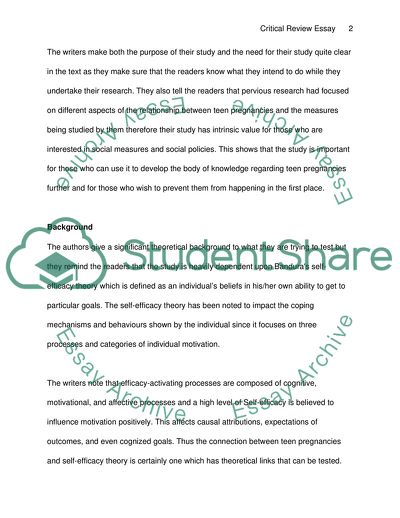Cite this document
(Teens that Get Pregnant Term Paper Example | Topics and Well Written Essays - 1750 words, n.d.)
Teens that Get Pregnant Term Paper Example | Topics and Well Written Essays - 1750 words. https://studentshare.org/health-sciences-medicine/1711267-critical-review-essay-on-internal-poverty-and-teen-pregnancy-by-tamera-m-young-sue-martin-michael-e-young-and-ling-ting
Teens that Get Pregnant Term Paper Example | Topics and Well Written Essays - 1750 words. https://studentshare.org/health-sciences-medicine/1711267-critical-review-essay-on-internal-poverty-and-teen-pregnancy-by-tamera-m-young-sue-martin-michael-e-young-and-ling-ting
(Teens That Get Pregnant Term Paper Example | Topics and Well Written Essays - 1750 Words)
Teens That Get Pregnant Term Paper Example | Topics and Well Written Essays - 1750 Words. https://studentshare.org/health-sciences-medicine/1711267-critical-review-essay-on-internal-poverty-and-teen-pregnancy-by-tamera-m-young-sue-martin-michael-e-young-and-ling-ting.
Teens That Get Pregnant Term Paper Example | Topics and Well Written Essays - 1750 Words. https://studentshare.org/health-sciences-medicine/1711267-critical-review-essay-on-internal-poverty-and-teen-pregnancy-by-tamera-m-young-sue-martin-michael-e-young-and-ling-ting.
“Teens That Get Pregnant Term Paper Example | Topics and Well Written Essays - 1750 Words”. https://studentshare.org/health-sciences-medicine/1711267-critical-review-essay-on-internal-poverty-and-teen-pregnancy-by-tamera-m-young-sue-martin-michael-e-young-and-ling-ting.


